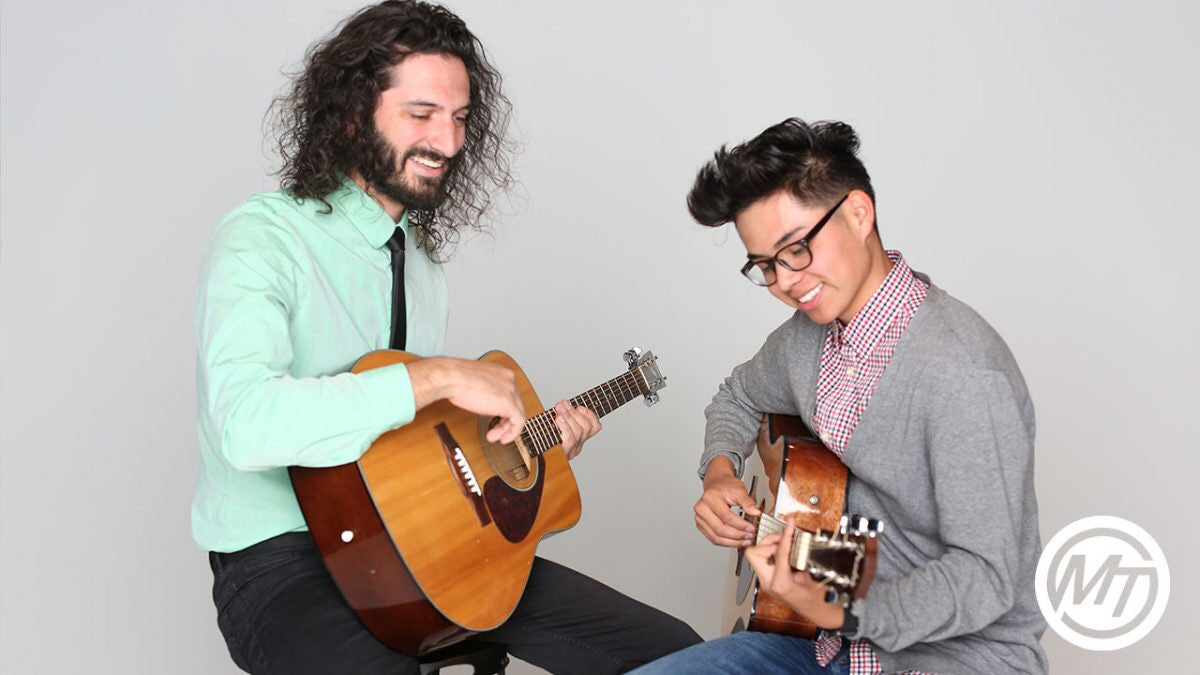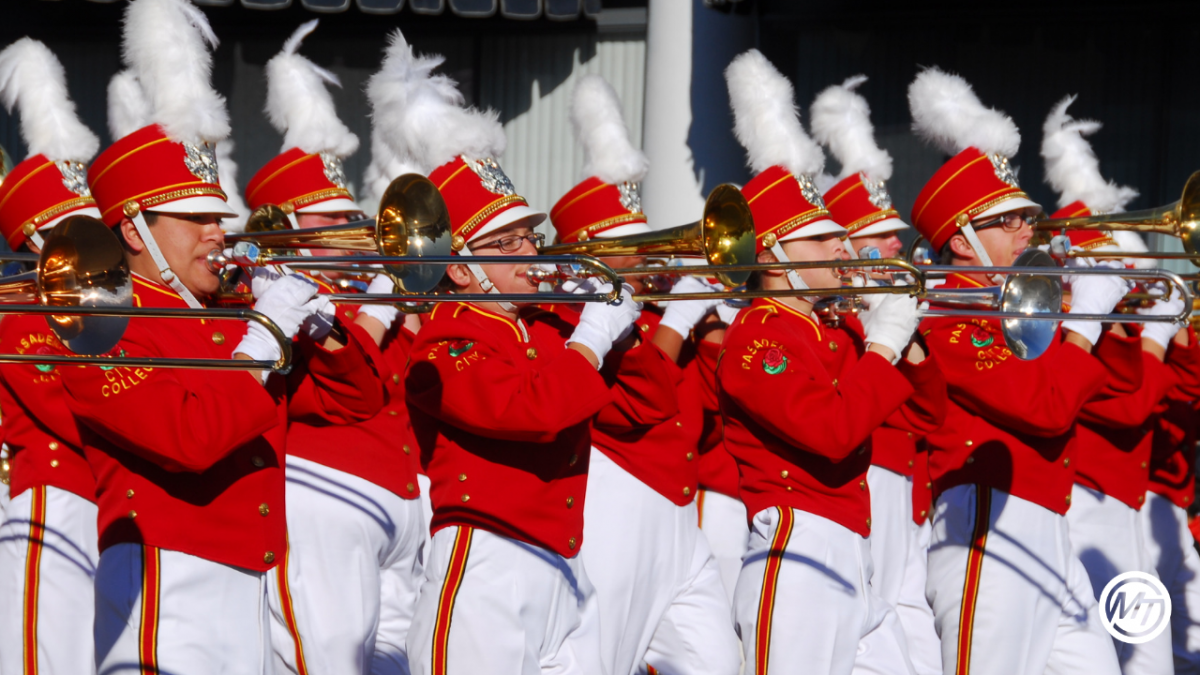One of the best ways to develop the ear’s ability to guide the performer through exercises is by first singing it, then playing it on the mouthpiece and finally performing the excerpt on the actual instrument. It is a very simple concept, but dedicating a portion of every marching band rehearsal to these exercises will quickly reward the individual performer and the full section.
Over the course of any marching band season, many hours of time is spent in rehearsing the brass section on its own to try to create a sonorous and powerful brass sound. Usually, the focus of these rehearsals is weighted heavily on working to develop technical skills, flexibility and range. Unfortunately, often the most important musical aspect of brass performance is ignored – the development of the ear! The ear should be trained to lead the musician through beautiful lyrical excerpts as well as tough technical passages.
A few details to think about
When singing –
• Your posture should be just as it would be while marching
• Keep your arms relaxed and to your sides
• Sing excerpts with a “DAH” or “TAH” syllable (light on the “D” and “T”)
• Keep your face relaxed while singing
• You must try to be as absolutely accurate on pitches as possible (It is a false hope to think you will be able to match the pitch on the horn correctly when you can’t also match it with your voice)
• Breathe as if you are playing the instrument

When using the mouthpiece –
• Hold the mouthpiece with your right hand and with only the thumb and first two fingers
• Your left arm should be relaxed and to the side – watch for students who have their arms across their stomach or in their pockets
• Use as much air as you would need to get the entire horn to speak
• Keep your face and jaw relaxed
• Try to match articulations and pitch as closely as possible – remember you are working to train your ears more than any other part of your body

When playing –
• Be sure you are playing with an equal sound and articulation to the players on either side of you (Think of playing in “trios” within the section)
• Keep your face and jaw relaxed – don’t let the horn become a “tension machine”
• Open your ears to your sound, the sounds around you and the entire sound of the ensemble (Listening is a holistic concept!)
• Remember that the tongue is not part of your sound – it is just a rhythmic element – use a light articulation and get to the “ah” part of the “dah” quickly

Jeff Young is the President of Dynamic Marching, a series of videos that teach marching band students and teachers the best practices of quality band programs.




